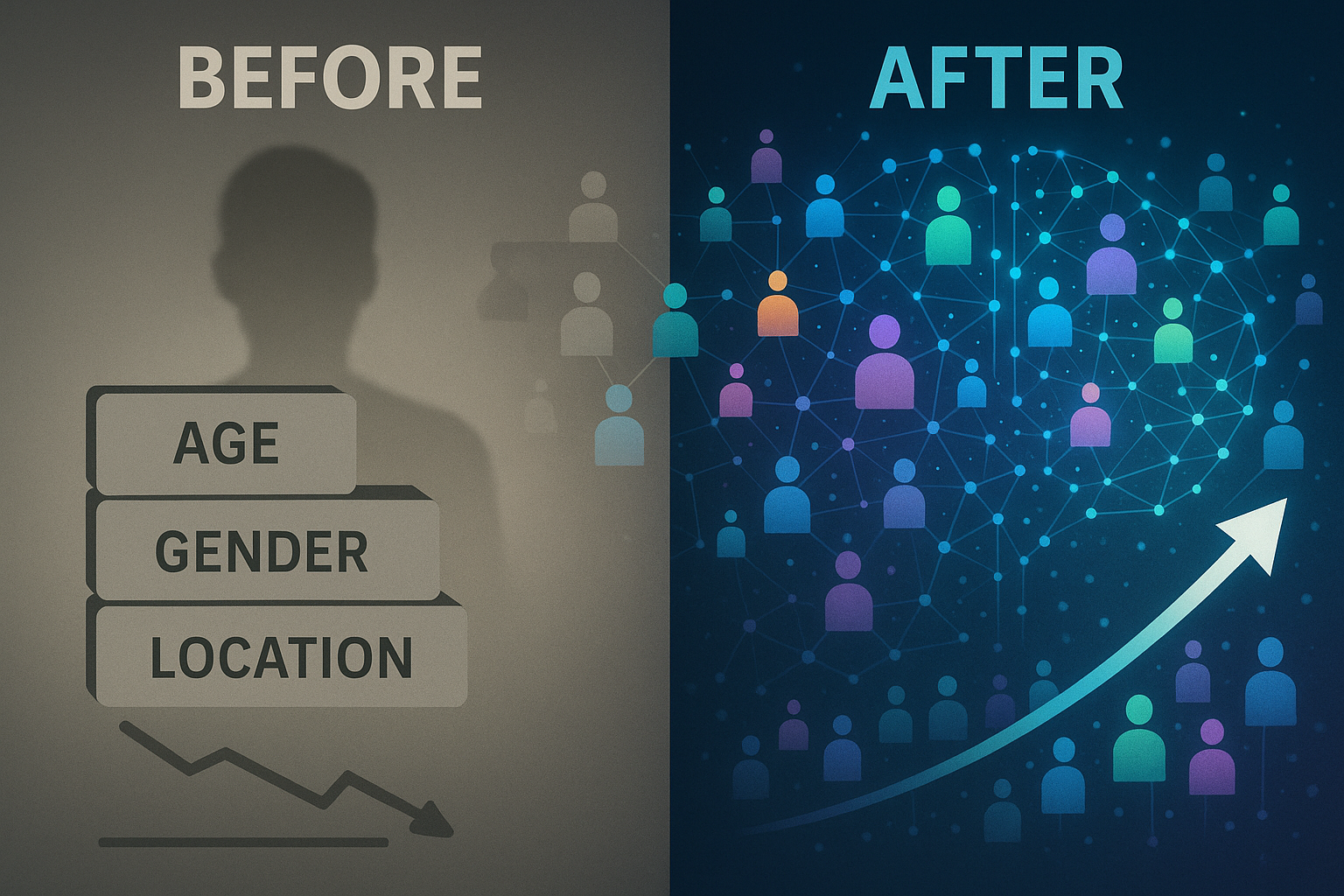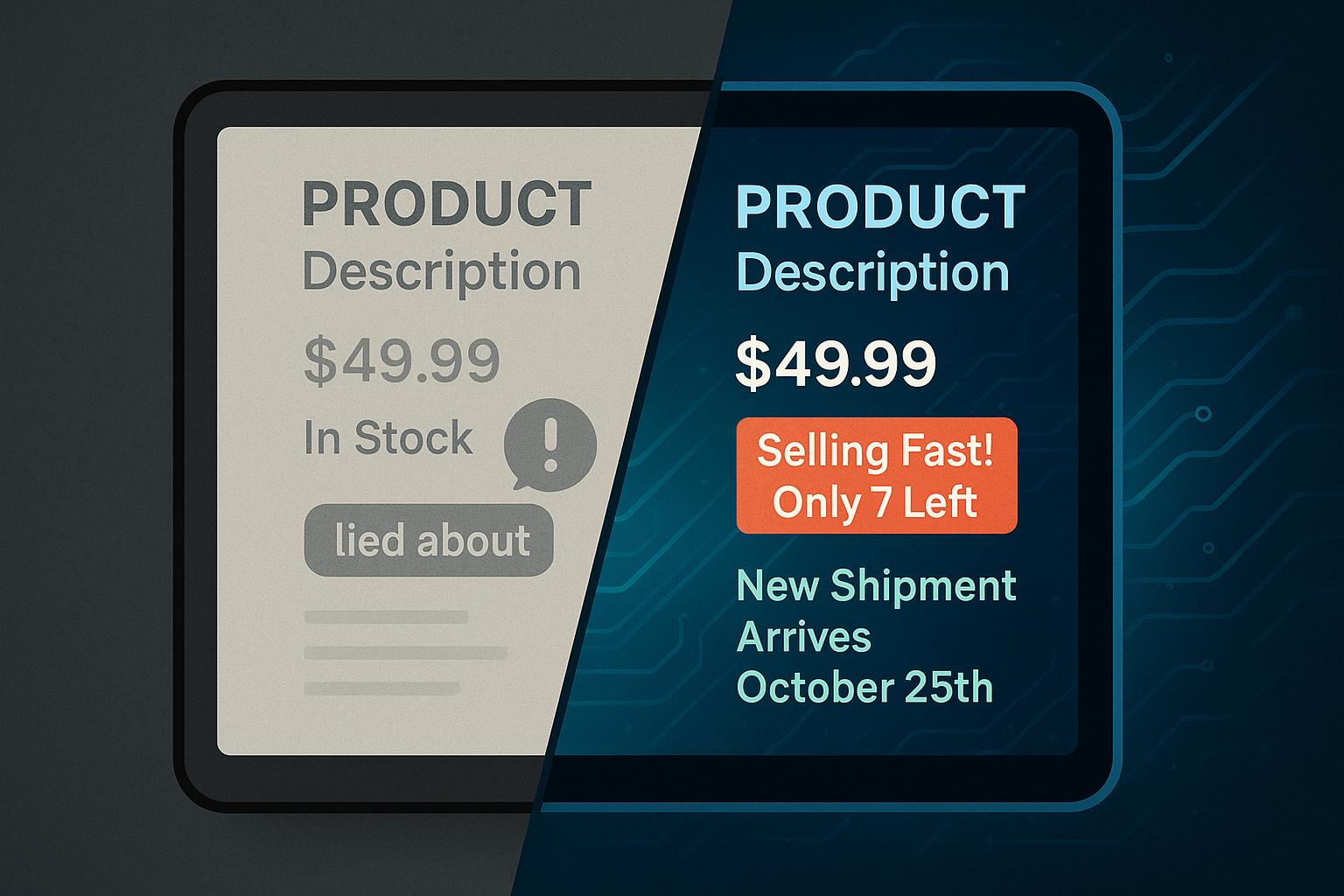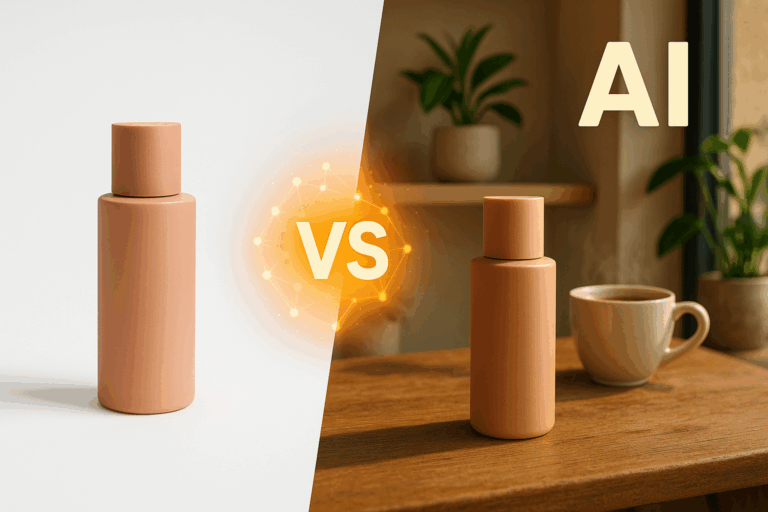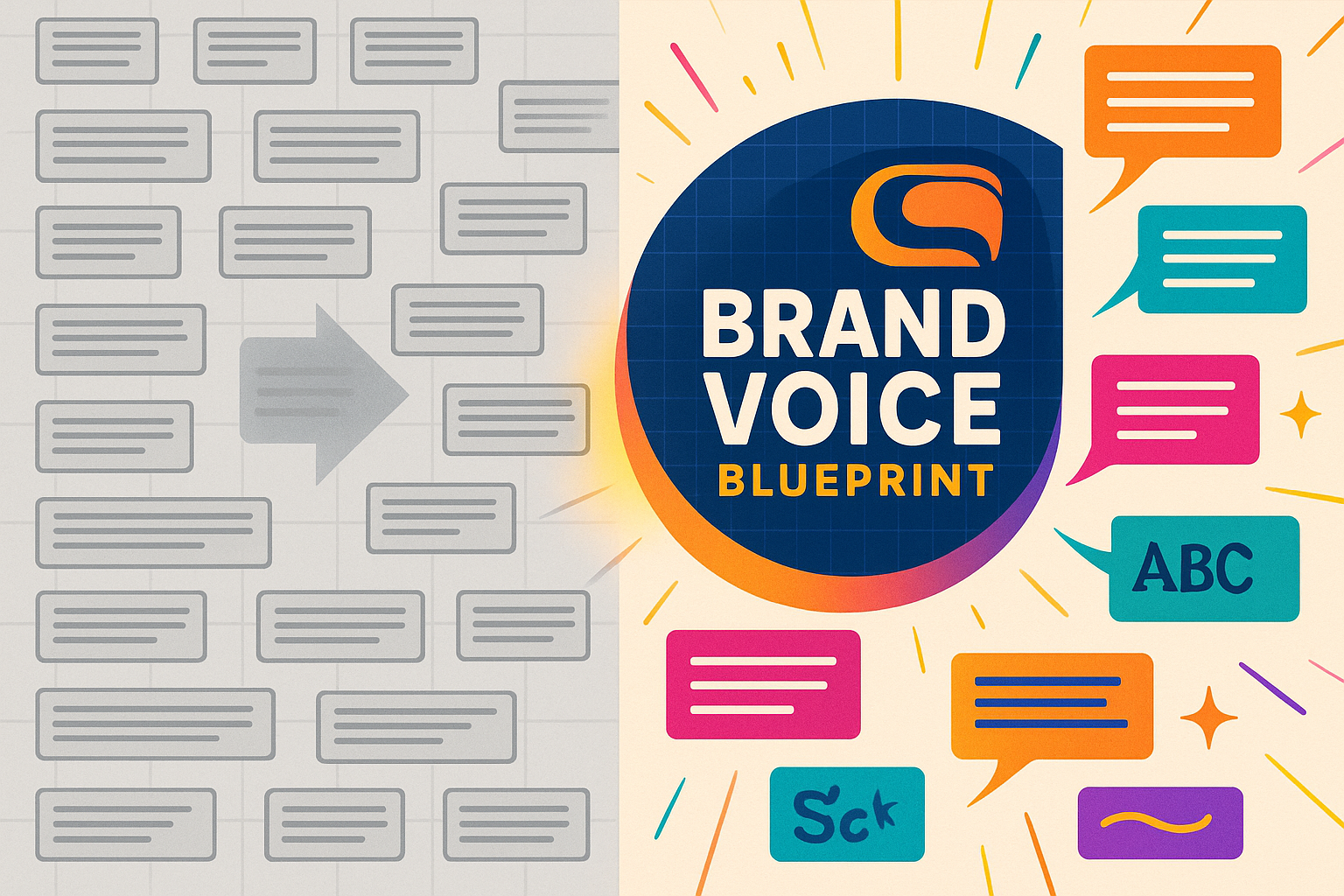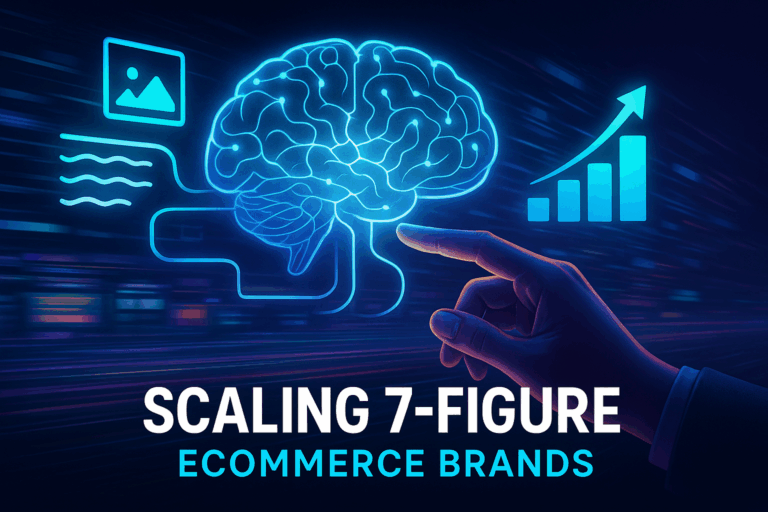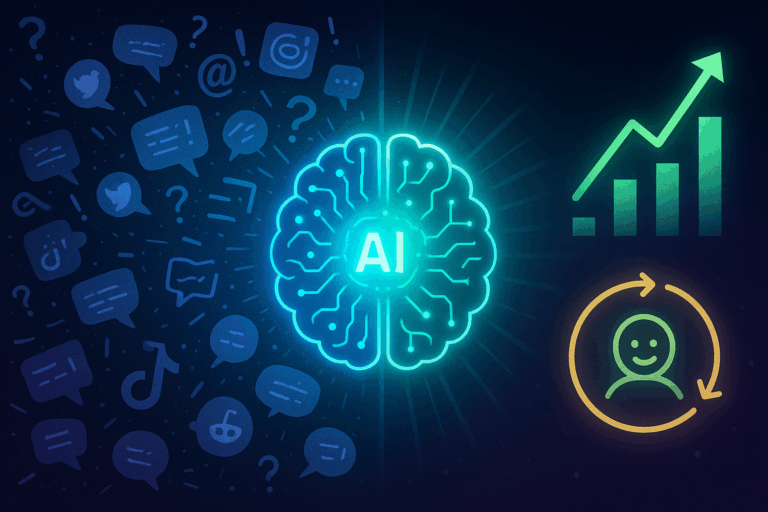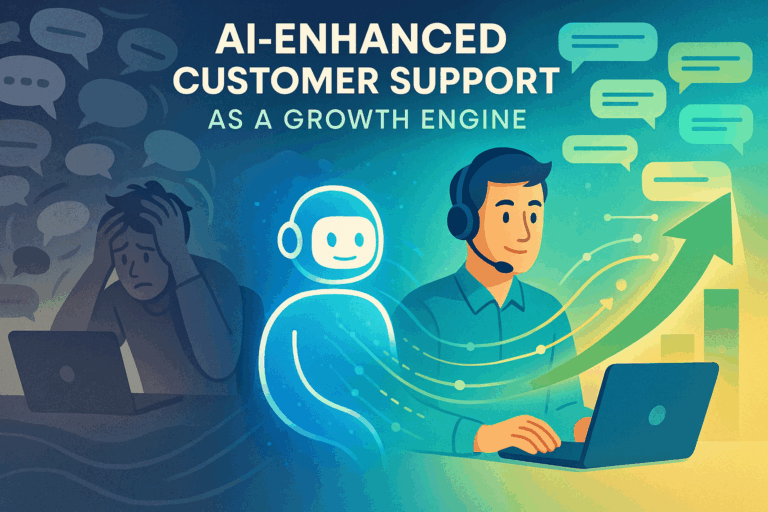You’ve done everything by the book. You’ve segmented your email list by location, targeted your ads to “females, age 25-34,” and maybe even separated past purchasers from new visitors. Yet, your conversion rates are flat, and your ad spend feels more like a gamble than a strategy.
Here’s the uncomfortable truth: you might be organizing your customers, but you’re not truly understanding them.
Traditional segmentation tells you who your customers are on a census form. AI-powered segmentation tells you why they buy, how they think, and what they’ll do next.
It’s the difference between looking at a blurry photograph and seeing a high-definition movie of your customer’s journey.
For 7-figure ecommerce brands looking to scale, this isn’t just an upgrade—it’s a new operating system for growth.
The Limits of Yesterday’s Marketing Playbook
For years, demographic and geographic segmentation was the gold standard. It was a solid step up from mass marketing, allowing brands to tailor messages to different groups. A store might show winter coats to customers in New York and swimsuits to those in Miami. It makes sense, but it’s a blunt instrument in a world that demands surgical precision.
The problem? Two people who are the same age, live in the same city, and have the same gender can have wildly different motivations. One might be a bargain hunter who only buys during sales, while the other is an early adopter willing to pay a premium for the latest product.
Lumping them together in the same ad campaign is like trying to have one conversation with two people who speak different languages. It’s inefficient, expensive, and it misses the real opportunity.
What is AI-Powered Audience Segmentation, Really?
AI-powered audience segmentation is the process of using machine learning algorithms to analyze vast amounts of customer data and identify hidden patterns of behavior. Instead of manually creating broad, rule-based buckets, AI automatically groups customers into nuanced “micro-segments” based on how they actually interact with your brand.
Think of it this way: traditional segmentation is like sorting your music library by genre. You have a “Rock” folder and a “Pop” folder. AI segmentation is like Spotify’s Discover Weekly. It doesn’t care about genre labels; it understands your vibe based on your listening habits and finds songs you’ll love, creating a personalized experience just for you.
AI does this by looking beyond the basics and analyzing dynamic data signals:
- Behavioral Data: What actions do they take? (e.g., pages viewed, time spent on site, cart abandonment, products clicked, video engagement).
- Psychographic Data: What are their interests, values, and lifestyles? (e.g., affinity for sustainable products, brand loyalty, interest in tech trends, price sensitivity).
- Contextual Data: What is their situation right now? (e.g., browsing on a mobile device during a morning commute, shopping on a desktop during a weekend, responding to a flash sale).
By weaving these threads together, AI paints a picture of customer intent that demographics alone could never reveal.
The “Aha Moment”: How AI Finds Your Hidden Customer Groups
So how does AI actually find these groups? The magic lies in a process called clustering.
Imagine you poured a giant jar of mixed nuts onto a table. A clustering algorithm is like a smart machine that automatically sorts the almonds, cashews, and pecans into their own piles without you ever telling it what each nut is. It simply analyzes the features of each nut—size, shape, color, texture—and groups together the ones that are most similar.
In ecommerce, your customers are the nuts, and their data points are the features. One of the most common clustering techniques is called K-Means Clustering. Here’s how it works in simple terms:
- The AI picks a few starting points (the ‘K’) in your data, representing the initial center of a few potential customer groups.
- It assigns every customer to the nearest center point, creating initial clusters.
- It recalculates the center of each new cluster based on the average “features” of all the customers inside it.
- It repeats this process, re-assigning customers and recalculating centers, until the groups are as tight and distinct as possible.
The result? You might discover micro-segments you never knew existed. For a home goods store, instead of just “people who bought furniture,” you might find:
- “The Weekend DIY-er”: Users who browse tools and project guides on Saturdays, watch how-to videos, and make multiple small purchases for home improvement projects.
- “The First-Time Nest-Builder”: Users who view nursery furniture, read reviews on safety, and respond to content about “getting your home ready for baby.”
- “The High-Value Decorator”: Users who ignore discounts, browse high-ticket designer items, and spend significant time on style-guide blog posts.
Uncovering these groups is the first step; the next is reaching them effectively. That’s where a deep understanding of Generative Engine Optimization (GEO) becomes critical, ensuring your products appear in the discovery journeys of these new micro-segments.
Putting AI Segments to Work: From Insight to Revenue
Identifying these micro-segments is a fascinating academic exercise, but their real value comes from action. Here’s what this means for your brand.
Hyper-Personalized Messaging
You can stop sending generic “20% Off” blasts to everyone. Instead, you can tailor your communication to the specific motivations of each cluster.
- The Action: Send “The Weekend DIY-er” a Saturday morning email with a new project guide and a curated list of necessary tools.
- The Result: Higher engagement and conversion because the message is relevant, timely, and genuinely helpful.
Precision Ad Targeting
Stop wasting money showing ads to people who will never convert. With AI-defined segments, you can build lookalike audiences based on the behavioral DNA of your best customers.
- The Action: Create a Facebook lookalike audience based on “The High-Value Decorator” cluster and target them with ads showcasing your premium, designer collections.
- The Result: Lower customer acquisition cost (CAC) and higher return on ad spend (ROAS) because you’re reaching users who are behaviorally identical to your most profitable customers.
Optimizing Customer Journeys
You can proactively address customer needs and remove friction from the buying process before they even notice it.
- The Action: For a segment of “Hesitant First-Time Apparel Buyers” who repeatedly view the same product but never add it to their cart, trigger a pop-up on the product page offering a detailed sizing guide or showcasing customer photo reviews.
- The Result: Increased add-to-cart rates and improved customer confidence, reducing cart abandonment.
[Image: A flowchart illustrating the path from data collection to AI-driven micro-segment (‘Weekend Project Planners’) to a targeted action (weekend-only DIY project guide email) resulting in increased conversion rates.]
Choosing Your Toolkit: Off-the-Shelf vs. Custom AI Solutions
As AI becomes more accessible, a wave of “plug-and-play” segmentation tools has emerged. They can be a great starting point for brands dipping their toes into AI. They’re often quick to set up and can provide basic behavioral clustering.
However, the opportunity is real, but so are the risks. Off-the-shelf solutions have inherent limitations:
- They are generic by design. They use the same models for a fashion brand as they do for an auto parts store, often missing the unique signals and business logic specific to your industry.
- They create commodity insights. If you and your top three competitors are all using the same tool, you’re all likely finding the same “high-value” segments, erasing any competitive advantage.
- They struggle with complexity. They may not be able to properly weigh the importance of your proprietary data, like product margins or supply chain information, when creating segments.
It’s like using a generic map when you need a detailed architectural blueprint.
The Advantage of a Custom Approach
Custom AI solutions are built for your business, your data, and your customers. They are trained on your unique historical performance, brand voice, and specific goals. A custom model can learn that for your brand, customers who read your “About Us” page are 3x more likely to become repeat buyers—an insight a generic tool would likely miss.
This tailored approach is the philosophy behind our custom AI agents for ecommerce, which are designed to not only identify these unique segments but also act on them intelligently. The goal isn’t just to find segments; it’s to find your most profitable future customers and create a system that consistently engages them.
FAQ: Your AI Segmentation Questions Answered
Why is traditional segmentation not enough anymore?
Customer expectations have changed. They expect personalized experiences, and broad demographic categories are too generic to deliver true relevance. Traditional methods tell you what a customer is (e.g., age 30), while AI tells you who they are (e.g., a price-conscious researcher).
What kind of data do I need for AI segmentation?
The more data, the better, but you can start with what you have. Key sources include your website analytics (Google Analytics), your ecommerce platform data (Shopify, BigCommerce), and your email marketing platform. The most valuable insights come from combining transactional data (what they bought) with behavioral data (what they did).
Is AI segmentation difficult to implement?
It can range from simple to complex. Off-the-shelf tools are designed for easy implementation but offer less customization. Custom solutions require more initial expertise to build and train but deliver far more powerful and proprietary insights that can become a lasting competitive advantage.
What are the ethical concerns with AI segmentation?
This is a critical consideration. The key is to be transparent and responsible. Practical steps include:
Data Anonymization: Remove personally identifiable information (PII) before analysis.
Bias Detection: Regularly audit your AI models to ensure they aren’t creating unfair outcomes for certain demographic groups.
Clear Policies: Have a transparent data privacy policy and give customers control over their data.
Will AI create echo chambers by only showing customers what they already like?
This is a valid concern. A well-designed AI strategy should balance personalization with discovery. The goal is to show customers more of what they love while also intelligently recommending new products they are likely to appreciate, expanding their horizons rather than limiting them.
From Broad Strokes to Fine-Tuned Art
Moving from traditional demographics to AI-powered micro-segments is more than a change in tactics; it’s a fundamental shift in how you view your customers. It’s about trading assumptions for evidence and broad strokes for fine-tuned art.
You no longer have to guess what your customers want. You can listen to the stories their actions are telling, find the hidden patterns that define their intent, and deliver the perfect message at the perfect moment. The journey starts not with buying a tool, but with asking a better question: What hidden stories does your customer data want to tell you?

